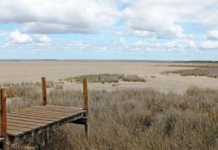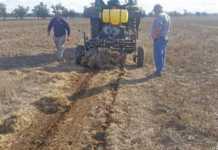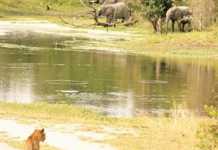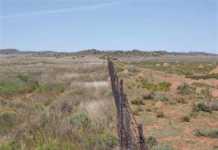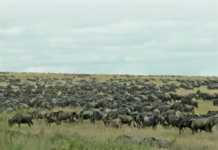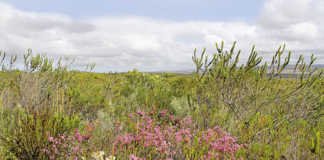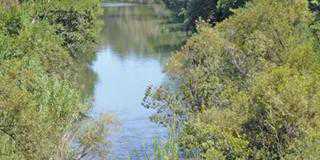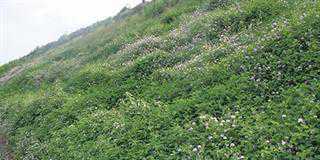Soil mineralisation is the foundation upon which biological farming is built. And a strong foundation is important – all the required ingredients must be supplied in the right ratio. But this is problematic, because the ratio differs from farm to farm and from land to land. Expert advice is required. Moreover, the mix itself can be very costly. No wonder many farmers give up their plans to convert to biological farming upon receiving their soil sample reports, which spell out the complexity of the mix required and the cost thereof.
It’s not just farmers who are concerned about the high cost of soil mineralisation. I’ll never forget the day a leading soil scientist raised his voice in opposition to the Albrecht principles of soil mineral balancing. He’d been invited to have the ‘last word’ at a conference supposedly held to discuss the merits of this practice. I say ‘supposedly’, because it soon became apparent the organisers had one purpose in mind – to sink the Albrecht system.
The scientist rose and waved a copy of an Albrecht soil report in the air before ceremoniously reading out every ingredient of the foundation mix. He then asked vehemently: “How can these costs ever be justified?” He was, of course, implying that they couldn’t be justified. Surprisingly – and unscientifically – he didn’t go into the economics of the specific situation.
Capital cost
The first economic principle to take into account when evaluating the profitability of soil mineralisation is that it’s a capital cost, a once-off cost. Maintaining the balance is a production cost. Before expending on capital, make calculations to see if it’s justifiable. You need to know how soon increased production can repay the investment. This may seem a daunting task, but with the help of a simple spreadsheet computer programme you can get a good estimate.
I’m quite confident many farmer readers, especially the younger ones, are capable of creating the necessary ‘what-if’ document. For readers who may not be so familiar with PCs, a ‘what-if’ document is one which tabulates all the known costs, such as the cost of the foundation mix. The unknown (variable), such as the expected increased income resulting from soil mineralisation, is then estimated and linked to the cost in an economic sum, as follows: income – cost = gross gain. All that’s now required is to repeatedly change the variables until the gross gain equals the capital cost incurred.
Feasible
The following example will help to make things clear. A dairy farmer in the Tsitsikamma decides to test the Albrecht system on an irrigated pasture. His soil is very low in minerals, especially manganese, with the consequence that the total cost of mineralisation amounts to R6 000/ha. (The cost of manganese alone is R1 800/ ha.) Can this ever pay? To start with, the known cost (R6 000/ha) and milk price are entered. The variables are the increased carrying capacity and milk yield that result from mineralisation of the pasture.

An example of the economics of soil mineralisation, based on a spreadsheet created using Excel (variables appear in red and calculations in black).
Milk yield calculations are best done on the basis of the contribution the pasture makes to the yield; the contribution made by the feeding of grain is left out of the equation. In Table 1, taken from an Excel spreadsheet, we see that, at a 5% increase in carrying capacity (3 cows/ ha to 3,2 cows/ ha), a 10% increase in milk production (12l/ cow/day to 13,2l/ cow/day) and a milk price of R3,10, the yearly gross gain amounts to R6 314/ha. Which covers the mineralisation cost.
When the calculations factor in a 20% increase in carrying capacity (3,6 cows/ ha) and a 25% increase of milk production (15/cow/day), the yearly gross gain amounts to R20 367/ha. I believe this to be feasible. But I leave you to think about it. Just bear in mind that the economic benefit of once-off mineralisation is carried forward for a lifetime.
John Fair is a leading expert on pastures and founder and head of the SA Biofarm Institute in Harrismith. Contact John on 058 622 3585 or at [email protected]. Please state ‘Biological farming’ in the subject line of your email.

